- Immediately after the flood, the water level has gradually receded and stabilized. Farmers need to check the condition of the pond, reinforce and repair the pond banks if they have collapsed; check the water supply and drainage system, spillway, and nets; dredge and clear sewers and canals to ensure good drainage.
- Check if there is much or little loss of aquatic products in the pond. Urgently clean the pond, collect remaining garbage in and around the pond, collect dead aquatic animals (if any) for hygienic treatment; absolutely do not throw dead aquatic animals indiscriminately, causing environmental pollution and disease outbreaks.
In photo: Farmers in Tan Tri commune receive techniques to improve the water environment for aquaculture after storms and floods. (Photo: Nguyen Duy Ha).
- Pond environment treatment: Prolonged rain and floods cause the water in the pond to become cloudy, the pH in the pond drops sharply, it is necessary to apply lime to improve the water environment, disinfect and stabilize the pH in the pond. The amount of lime to be applied is 2 - 4 kg/100m3 of water, combined with spreading lime around the pond bank about 7 - 10 kg/ 100m2 . Some drugs, microbiological preparations, and chemicals that are allowed to be used in aquaculture can be used such as: BKC disinfectant, potassium permanganate (KMnO4), Iodine, EM microbiological preparations to disinfect and sterilize pond water sources, and prevent diseases for aquatic animals.
- For pond areas that have lost aquatic products after rain and floods: Before restocking, the pond needs to be renovated. After the pond is stabilized, water supply must meet technical requirements and fish seed must be released at a density of 2-3 fish/ m2 (Fish seed must be purchased from reputable establishments to ensure quality).
- Conduct inspection and replenish stock in ponds with low losses to ensure stocking density in the pond.
- Provide quality food, rich in protein from 25-35% Protein, at the same time add digestive enzymes, microorganisms, Vitamin C to the food to increase the resistance of aquatic products (dosage according to the manufacturer's instructions on the packaging) . It is necessary to strengthen the care and management of the pond, regularly check the water environment factors such as: pH, oxygen, NH 3 , H 2 S and impurities in the pond. Check the status of farmed aquatic products (activity status, body color...) and disease situation to have timely treatment measures.
2. For aquaculture in cages and rafts
- Actively check the cage system (anchor ropes, anchor poles, buoys, cage frames, nets) to promptly repair damaged areas after storms and floods.
In photo: Agricultural extension officers guide farmers in Na Duong commune to clean aquaculture cages and rafts after storms and floods. (Photo: Nguyen Duy Ha).
- Clean the cages, create ventilation for better water circulation through the cages; collect dead aquatic animals and other waste and dispose of them in the right place. Absolutely do not throw dead aquatic animals and waste indiscriminately into the environment to avoid pollution, which can cause pathogens in the aquaculture water environment.
- After cleaning and reinforcing the cages and rafts, for fish cages that have been completely lost due to floods, release fish fry at a density of 10 - 15 fish/ m3 of cage ( depending on the type of fish ) to continue raising. For fish cages that are not affected after floods, continue to care for them, feed them with a full diet to ensure nutrition (mixed floating pellet feed with 25 - 35% Protein) and supplement microbial digestive enzymes, Vitamin C mixed with food to increase resistance for aquatic products (dosage according to the manufacturer's instructions on the packaging) . Disinfect the water environment by: Sprinkling 4 - 6 bags of lime (each bag weighs 2 - 4 kg) at the bottom of the cage and in the corners of the cage. When the lime is completely dissolved, replace the bag to ensure the water environment is not polluted.
- When the weather is stable and flood water recedes, it is necessary to move cages and rafts back to their original positions, ensuring technical factors at the cage and anchor locations for safety.
3. Preventing and treating diseases after rain and flood
- Use some antibiotics to prevent and treat diseases caused by bacteria, parasites and fungi in aquatic animals when encountering bad weather and water environment conditions (water sources contaminated with toxic substances: chemicals, heavy metals, microorganisms, organic substances) by : mixing antibiotics + Vitamin C + probiotics, digestive enzymes + fish food with the following dosages ):
+ Doxycycline 0.1-0.3g mixed well in 1 kg of food.
+ Oxytetracycline dosage 1-2g/kg of food.
+ Han-Sulpha: 2-3g/1 kg of food.
+ KN-04-12 compound: 2-3g/ kg of food .
+ Garlic yeast: 100ml/ kg of food.
+ Vitamin C 2-3g/1kg of food.
+ Probiotics, digestive enzymes 1-2g/kg of food.
Feed fish continuously for 3-5 days to prevent disease; to treat disease, double the dosage and feed fish continuously for 7-10 days.
Note: When using the medicine, you need to carefully read the instructions on the packaging .
Source: https://sonnmt.langson.gov.vn/tin-tuc-su-kien/chan-nuoi-thuy-san-va-thu-y/mot-so-bien-phap-ky-thuat-khoi-phuc-sau-mua-lu-trong-nuoi-trong-thuy-san.html


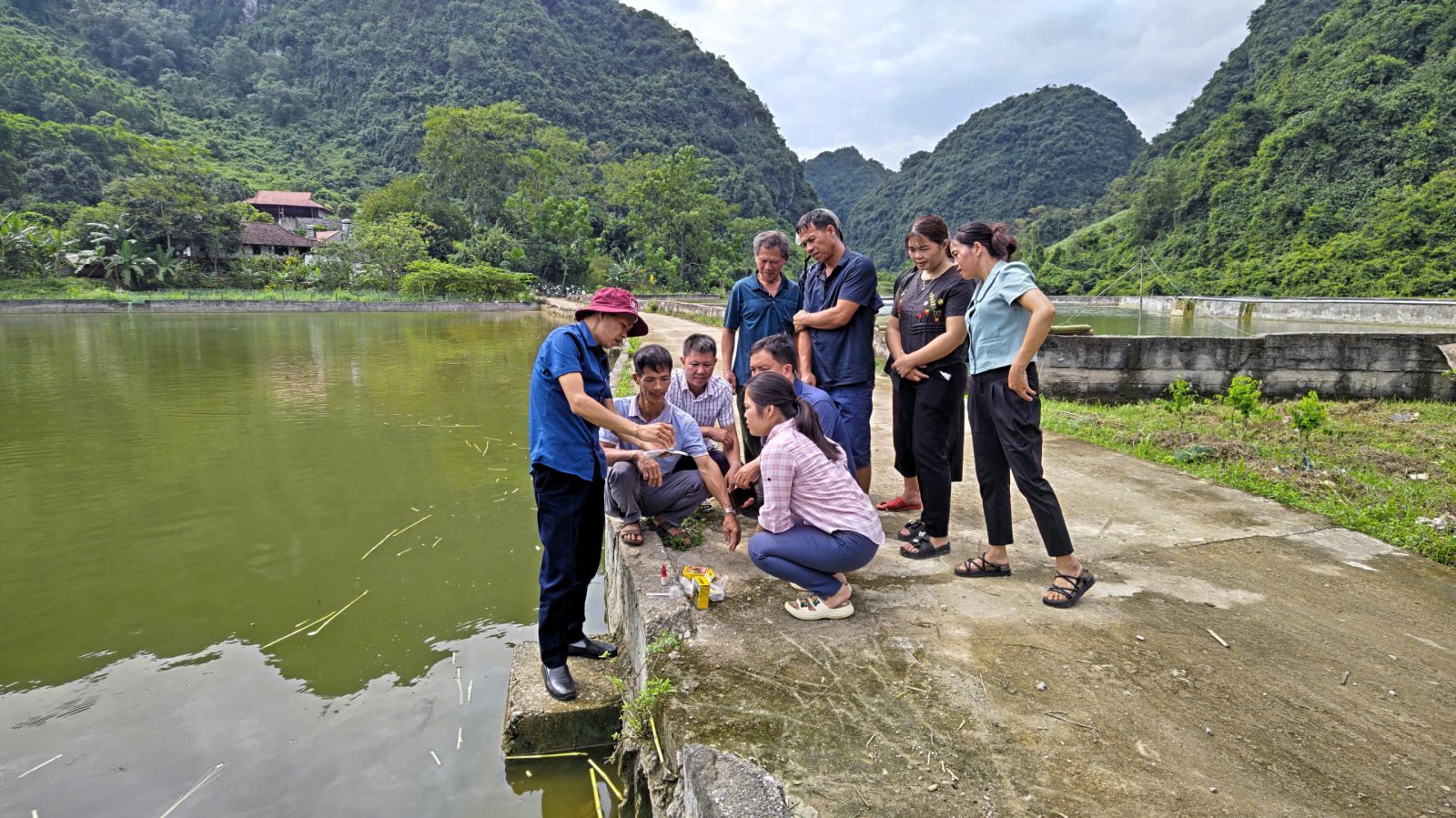
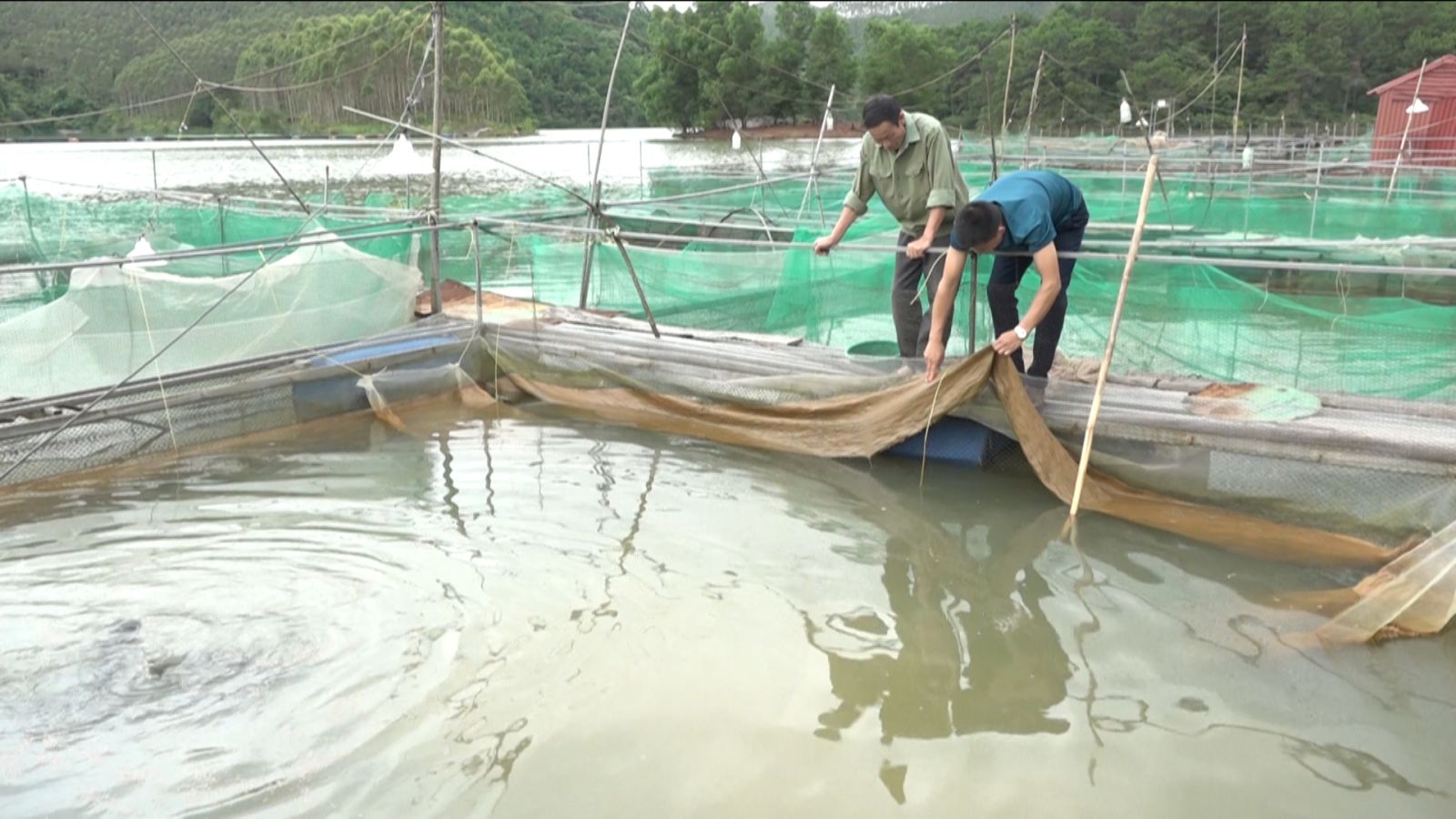
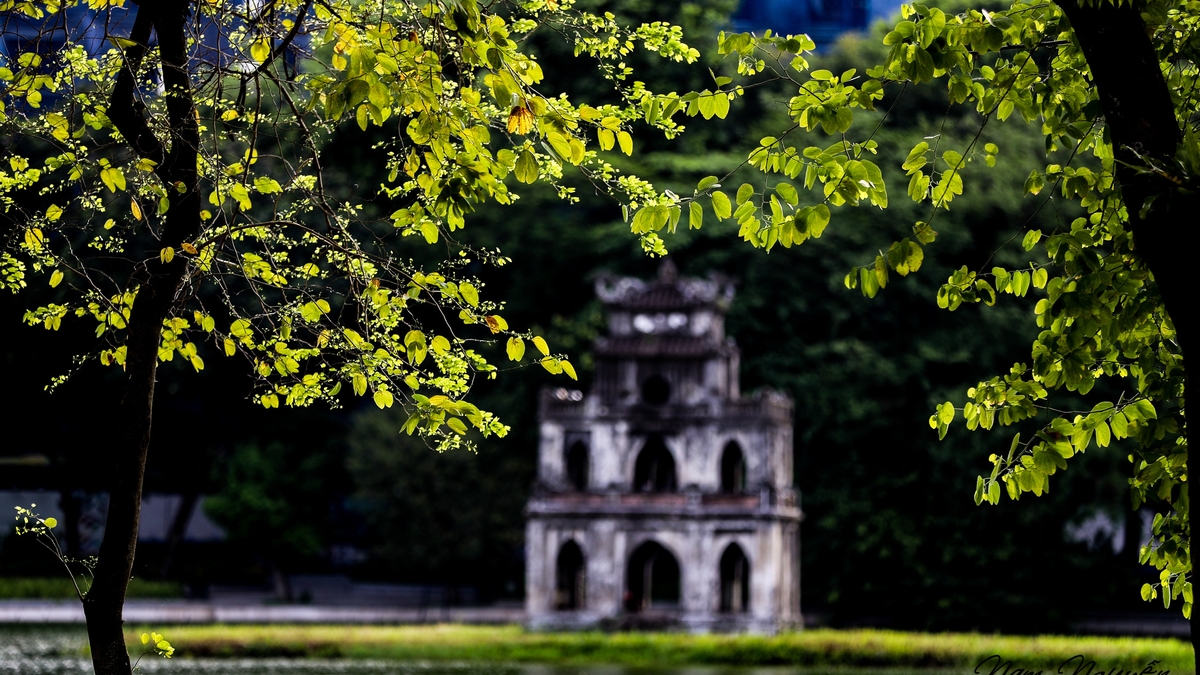

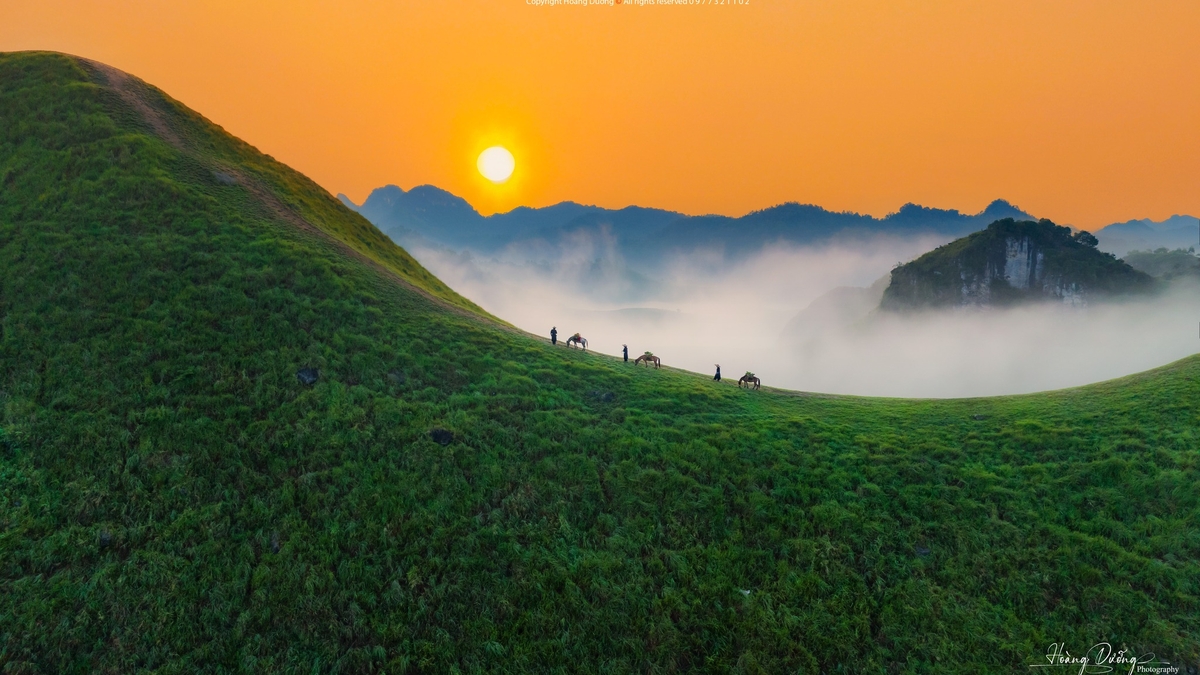

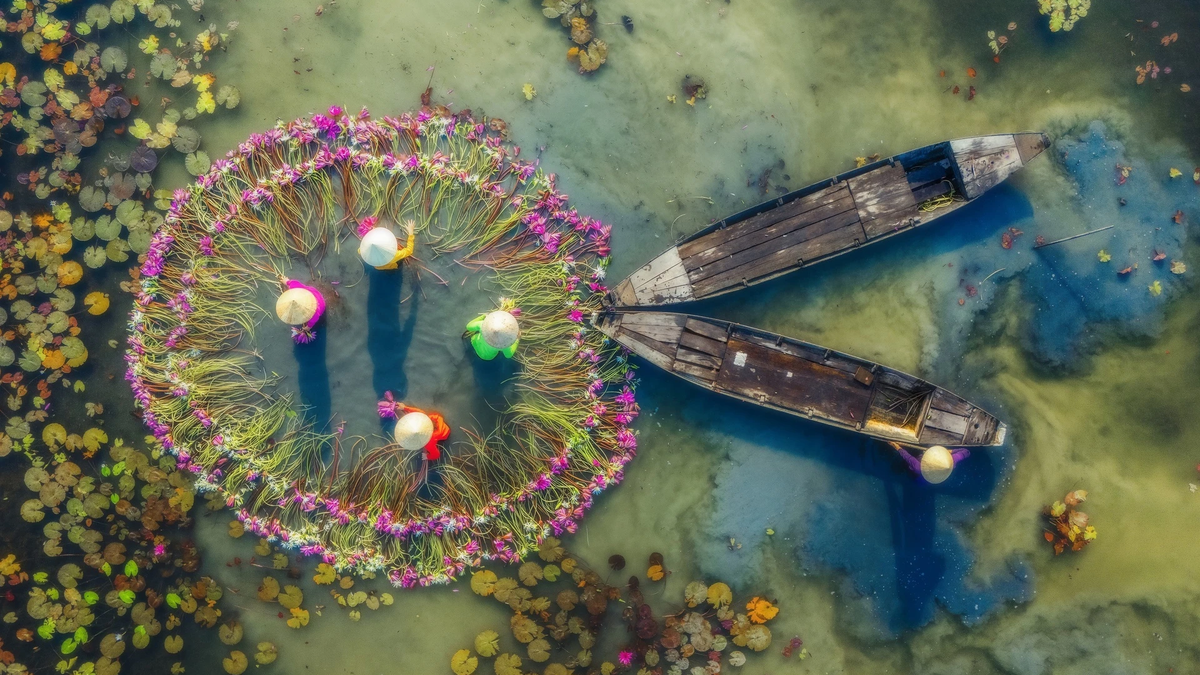

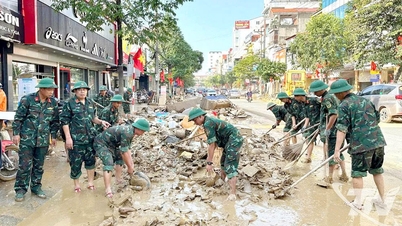

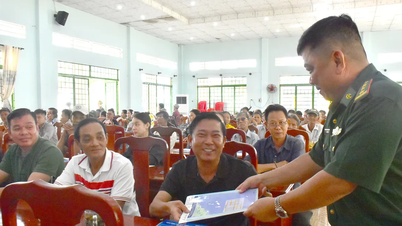

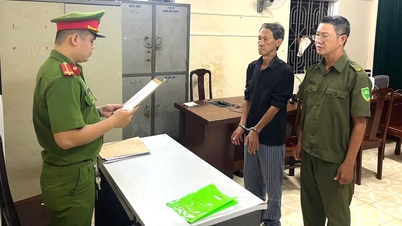





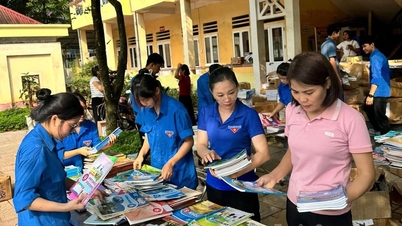





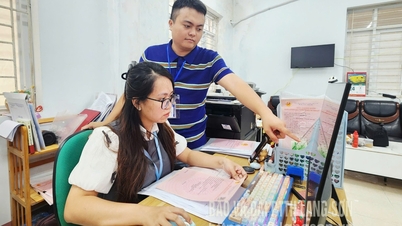
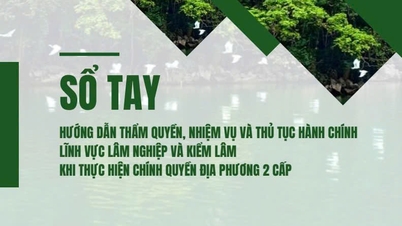




![[Photo] Ready for the 2025 Fall Fair](https://vphoto.vietnam.vn/thumb/1200x675/vietnam/resource/IMAGE/2025/10/14/1760456672454_ndo_br_chi-9796-jpg.webp)
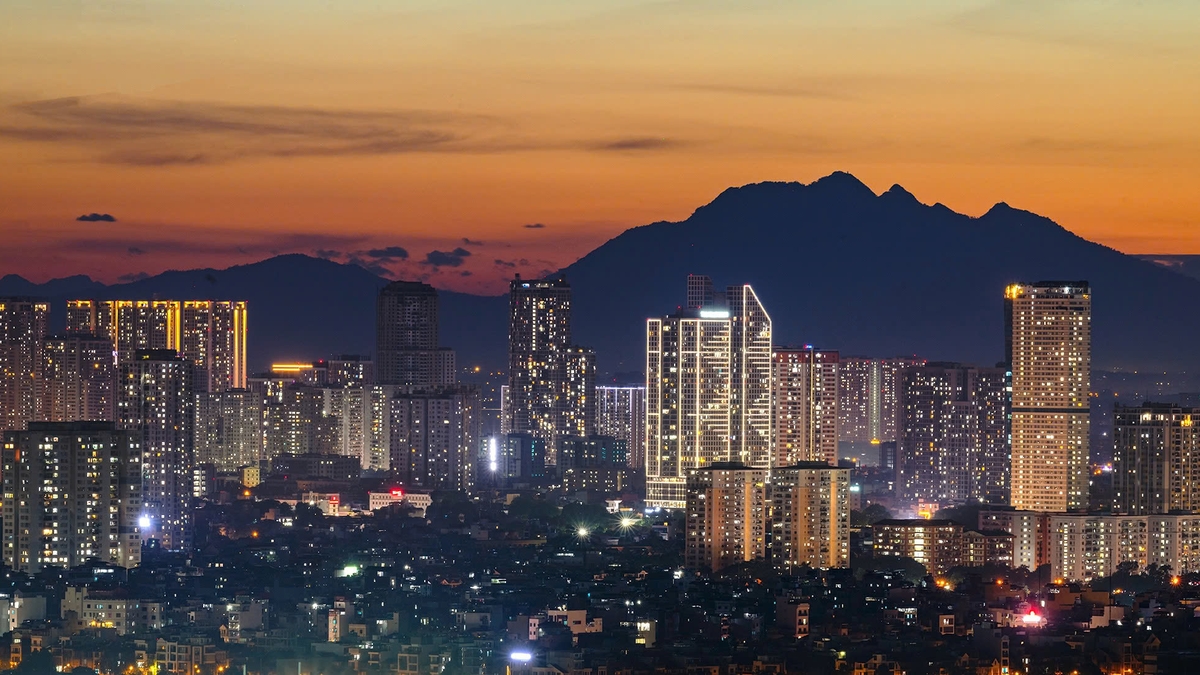
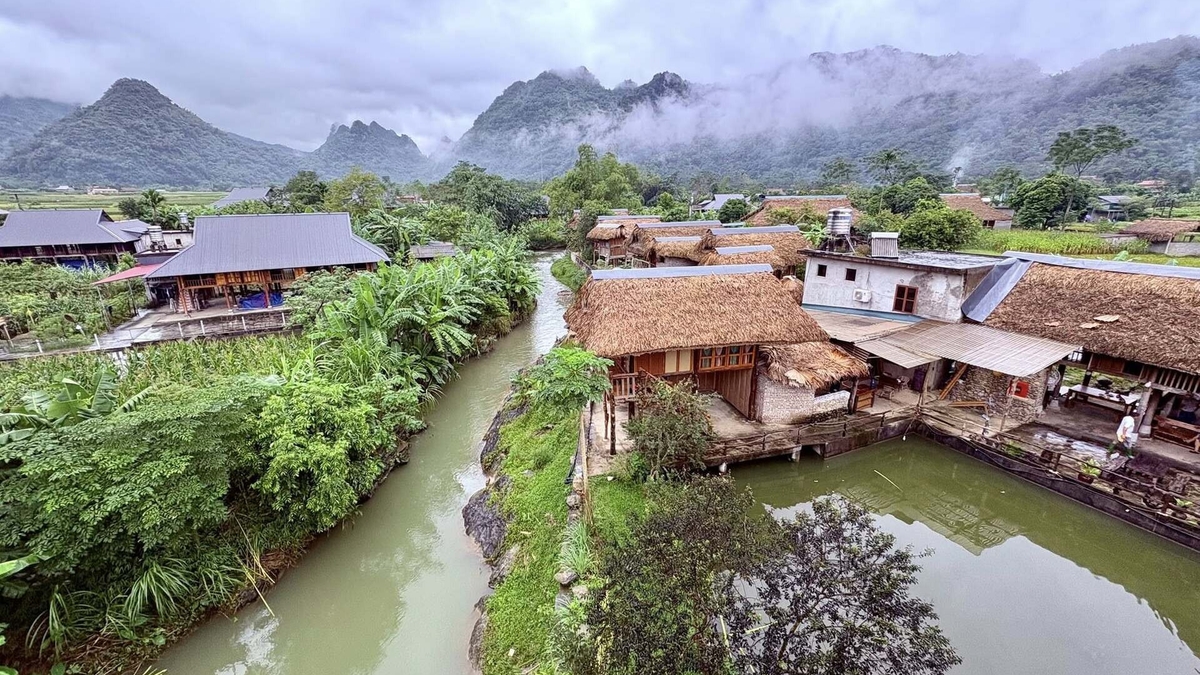


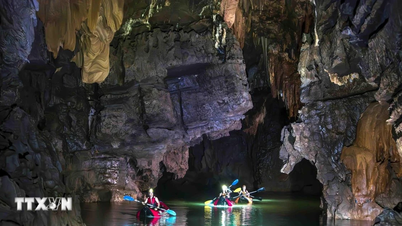

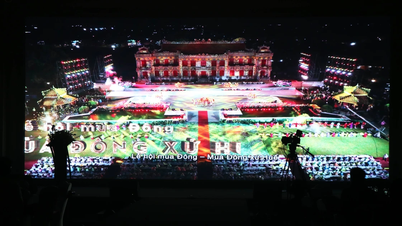
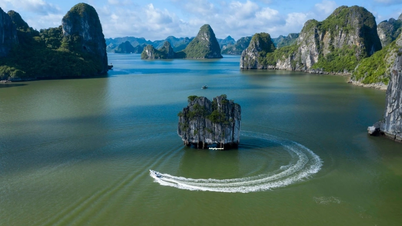


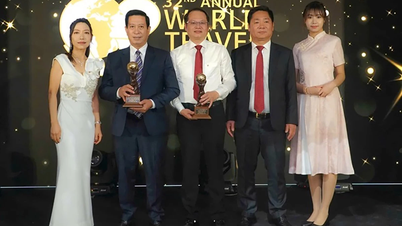

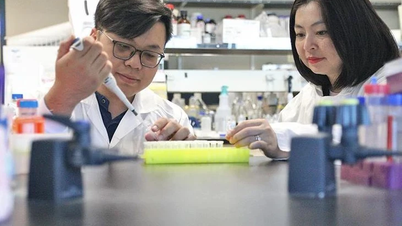











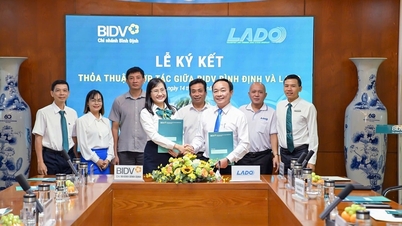

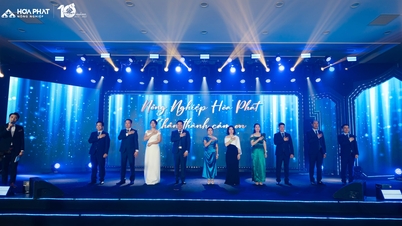


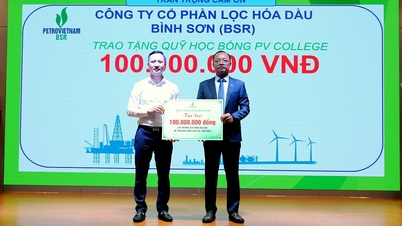
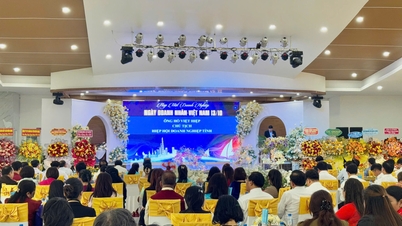
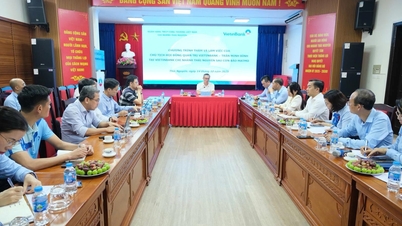






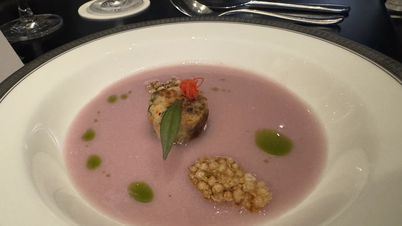

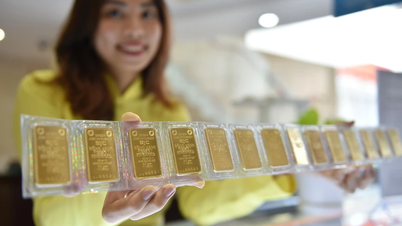




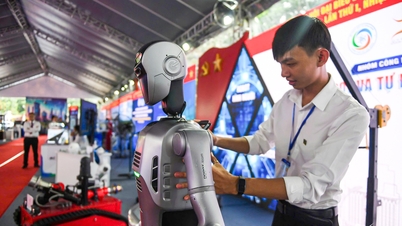
![[Photo] General Secretary To Lam chairs the meeting of the Central Steering Committee on science, technology development, innovation and digital transformation](https://vphoto.vietnam.vn/thumb/402x226/vietnam/resource/IMAGE/2025/10/15/1760500443782_anh-man-hinh-2025-10-15-luc-10-52-47.png)



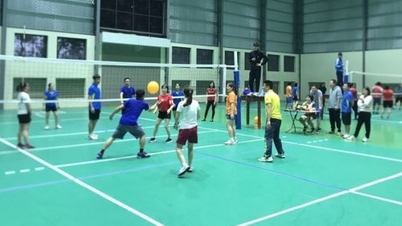

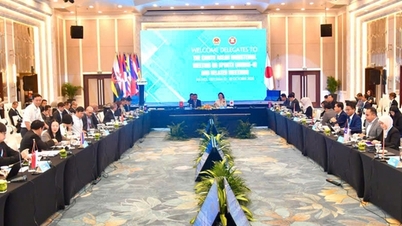

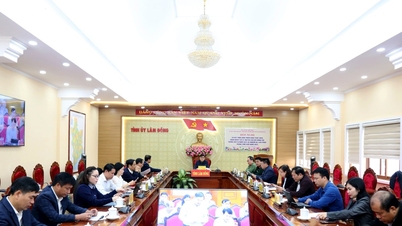

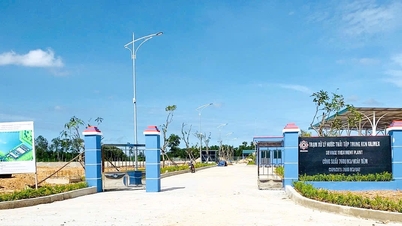
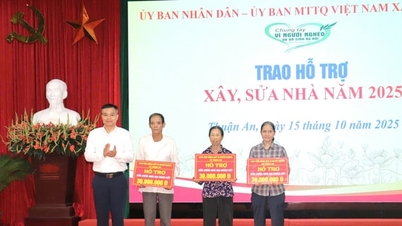

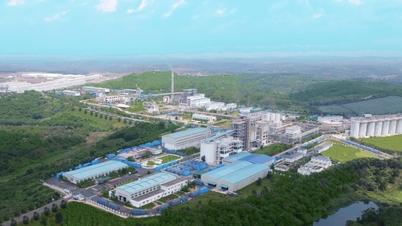
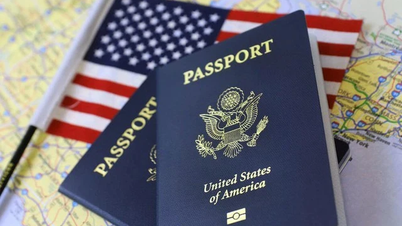

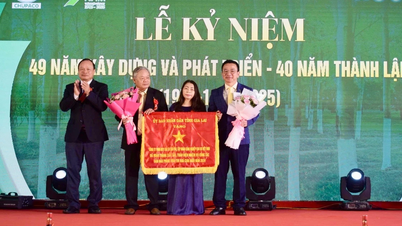





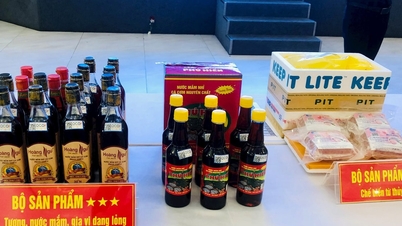







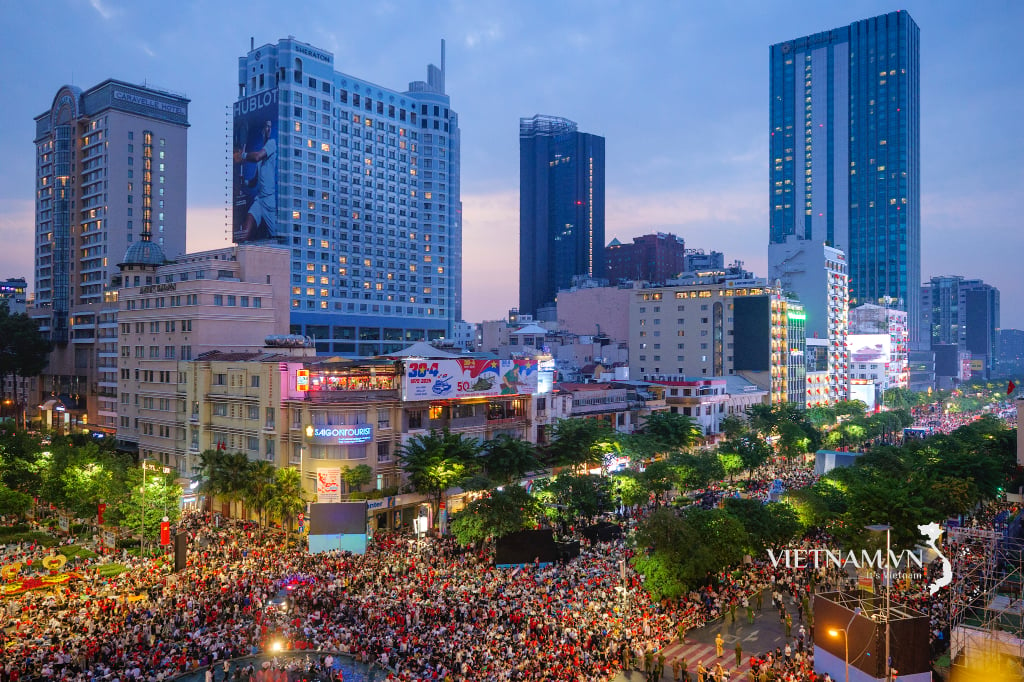

Comment (0)